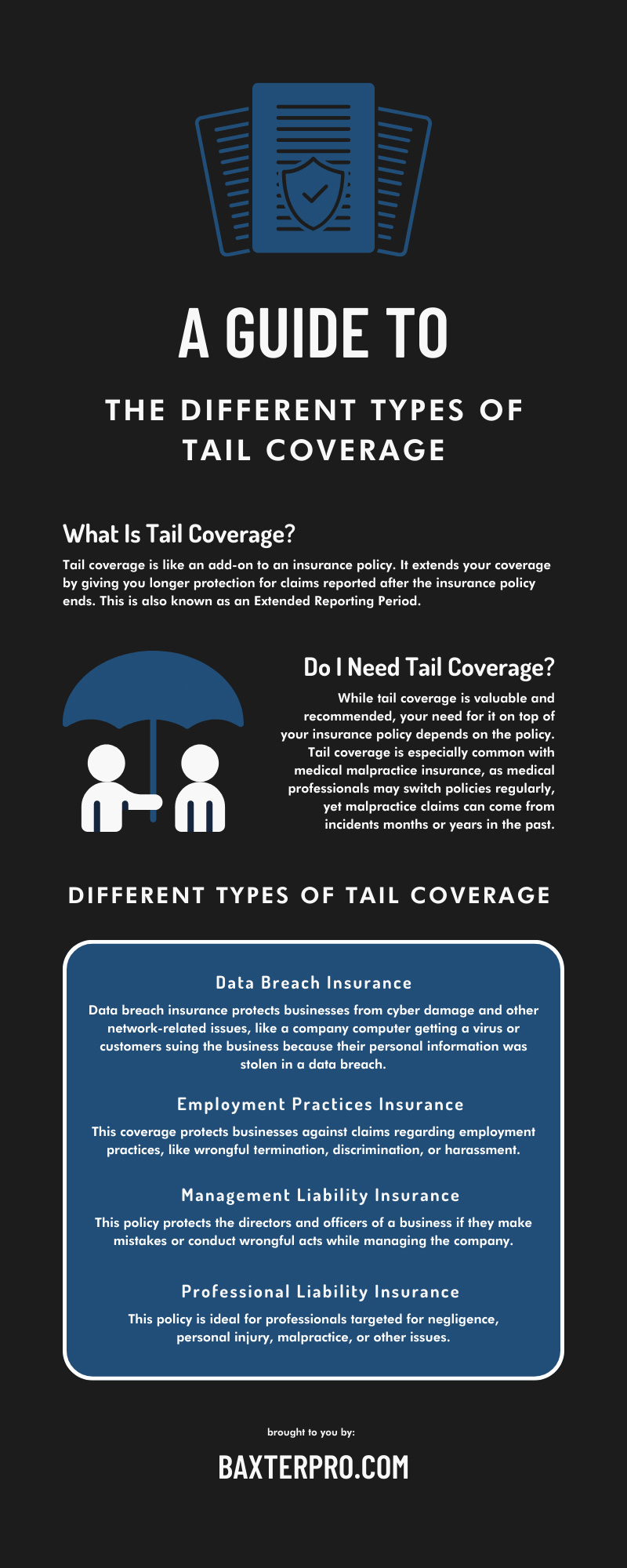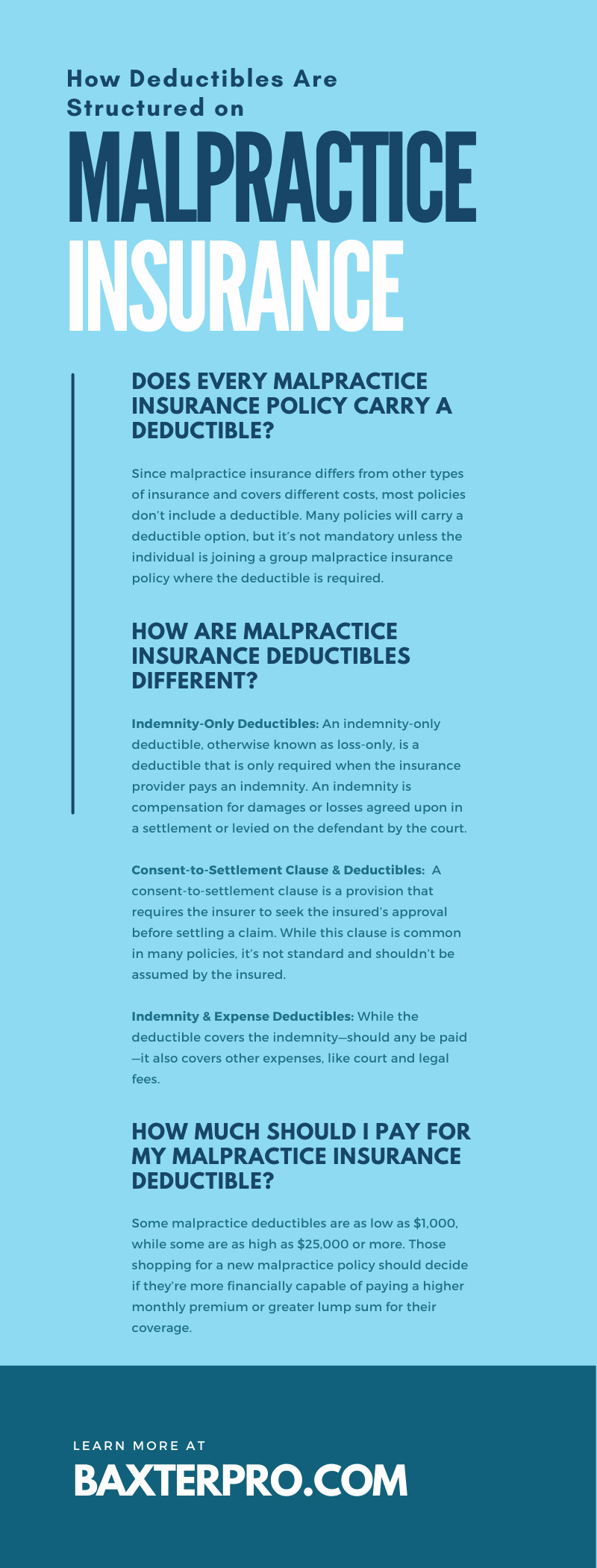The cooperation clause is a common and critical provision in many liability insurance policies. We’ll help you understand everything about the malpractice insurance cooperation clause and what it means for policyholders and insurance providers.
What Is the Cooperation Clause?
The cooperation clause, or assistance provision, is one of the most common in malpractice and liability insurance policies. This clause is activated when a claim is filed against the policyholder.
The language of the clause may differ depending on the policy and the provider. Still, the basic provisions of the clause dictate the policyholder must work with the insurance provider and not hinder the investigation and defense against the claim. Cooperation clauses are common in auto and home insurance policies, but the language is typically different than in liability policies.
Why Is the Cooperation Clause Important?
The cooperation clause is a requirement in most insurance liability contracts, so you might wonder why it is so important. It’s a promise from the policyholder to the insurance provider that they won’t withhold information or block the investigation of a claim filed against them.
The cooperation clause makes the investigation much easier and faster for the insurance provider. It also guarantees they’ll get the information they need from the policyholder within a reasonable time. While it may force the policyholder to provide information, it’s almost always in their best interest.
What Are the Policyholder’s Requirements for the Cooperation Clause?
We know the policyholder must cooperate with the insurance provider, but what does cooperation mean? Individual policies have more specific language regarding fulfilling the cooperation clause. Still, it means the policyholder answers questions and provides context for the claim to the insurance provider in good faith.
Policyholders don’t have to conduct their own investigation, and their presence isn’t often required in settlement negotiations or court proceedings. Some clauses may require in-depth cooperation, but for most policies, the policyholder only has to answer a few questions honestly.
Is a Cooperation Clause Legally Binding?
Yes, the cooperation clause is a legally binding insurance contract provision and must be met for the policy to be legally active. If the insurance provider believes the policyholder is withholding information or not acting in good faith, they could sue the insured for breach of contract and have the court nullify the policy.
Then, the insured would be on the hook for their defense costs and any settlement regarding the claim. If the insured ignores or breaches the cooperation clause, the entire policy becomes legally null and void.
Levels of the Cooperation Clause
As mentioned, there’s a general understanding of the cooperation clause in most contracts, but some go further with higher levels and requirements of cooperation. Typically, the levels of cooperation outlined in a policy with the clause include the investigation of the claim, the payment of the settlement and costs, and the forbidding of unauthorized payments.
Investigation and Defense
The first and most basic aspect of the cooperation clause is the investigation and defense, which we’ve mostly covered. The insured must assist the insurance provider in investigating the claim and creating a defense strategy.
How much assistance the insured must provide depends on the language in their contract. This may include answering only a few questions and producing medical records, spending time with defense counsel, and attending court proceedings.
Coordination of Payment
Payment coordination is typically only applicable in cases where another policy may also cover some of the costs of the claim and settlement. Suppose a private practice owner has a claim filed against them for malpractice that also falls under general liability or business owners’ insurance. In that case, they would be responsible for coordinating the payment of the multiple insurance providers.
To fulfill the cooperation clause in this instance, the insured would coordinate the defense of this claim with the other insurance provider so one isn’t on the hook for covering the costs of the entire claim when another policy also covers it.
Unauthorized Payments
Lastly, the insured is not allowed to make unauthorized payments that could hinder or affect the investigation and defense of the claim. For example, if an insured hires a private investigator out of pocket without the approval of the insurance provider’s defense team, they could cause problems for the defense. Then, the insurer could claim the insured breached the cooperation clause.
Another example of policyholders breaching this level of cooperation is attempting to pay the case’s plaintiff directly, out-of-pocket, after the lawsuit is filed but before a settlement is agreed upon. This attempt at an early payment could jeopardize the defense, and the insurance provider could sue to say the policyholder breached the contract when they attempted an unauthorized payment.
Can the Cooperation Clause Force Me To Settle a Claim?
A common misconception regarding the cooperation clause is that it can cause the insured to settle a claim because the insurance provider says so. As we’ve explained, the clause does not give power to the insurance provider to settle a claim without consent from the insured.
Federal cases in the US have affirmed the right of the policyholder to refuse to settle or dismiss a claim and is not legally obligated to do so under the cooperation clause. The consent-to-settlement clause addresses the right of the policyholder and the insurance provider to settle a claim.
The Consent-to-Settlement Clause
The consent-to-settlement clause is another common clause in liability insurance policies. They are sometimes confused with one another but mean very different things. The consent-to-settlement clause requires an insurer to receive consent from the insured before settling a claim.
If the policyholder does not like the parameters of the settlement or wants to fight the claim in court, the consent-to-settlement clause gives them the right to do so. The insurance provider must follow these wishes.
Where To Find Malpractice Insurance for My Facility
We hope our guide has helped you better understand the cooperation clause of malpractice insurance. If you need malpractice insurance for yourself or liability insurance for healthcare facilities, Baxter & Associates is here to help. Contact our expert staff, and we’ll help you find an ideal group liability policy.




















